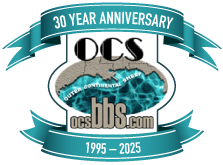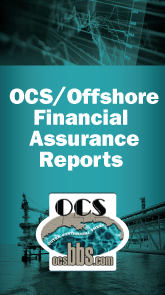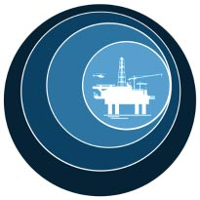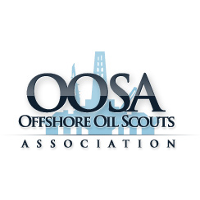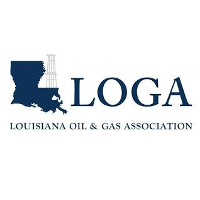Series of Accidents
Effective Date: 8/1/1974
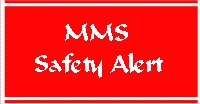 | Minerals Management Service Gulf of Mexico OCS Region |
Notice No. 009
August 1, 1974
OCS Operations Safety Alert
Series of Accidents
During the past few weeks there has been a series of accidents on platformsin the Gulf of Mexico OCS involving various operations. These accidents haveresulted in fires, pollution, serious injuries to personnel, and major damage toplatforms and equipment. This Alert is issued to bring to the attention of alloperators that improved planning and safety control procedures on operationsoffshore can result in reduction of these undesirable incidents. The accidentsare summarized as follows:
1. An operator had completed a sand washing job in the tubing string of aproducible well using one-inch pipe with water as the circulating fluid. Thewell would not flow due to the hydrostatic column in the well and the operatorwas utilizing gas pressure from an adjacent gas well to displace diesel fueldown the kill string and up the producing string in order to kick the well off.The connection between the wells was made using a 10,000 psi test flexible hose.The connection at the adjacent well blew off and the escaping gas ignited,resulting in injuries to five men, three of whom have serious burns. Platformdamage was minimal, but the snubbing unit was badly damaged. Another contributorto the fire was some needle valves with neoprene seals which started leakingwhen the seals burned out. The operator has stated that, in the future, steelpiping rather than flexible hoses will be used for this and similar typeoperations.
2. An operator was utilizing a liquid level safety shut-in device routinelyto shut in producing wells on an unmanned platform when oil storage tanks becamefull. The liquid level shut-in device failed resulting in 130 barrels of crudeoil being spilled into the Gulf. The purpose of a liquid level safety shut-indevice for well control is for its use as a redundant or secondary safetymeasure and not as the primary shut-down control.
3. An operator was using a derrick barge to load workover rig equipment ontoa platform. The control linkage on the steam control valve vibrated loose whilethe derrick barge crane was lifting the mud pumps. An attempt was made toactuate the automatic shut-off valve on the main steam line, but the valvefailed to close. Personnel tried to close a manual valve on the main steam line,but the valve was stuck and could not be closed. The high boom switch alsofailed to actuate the automatic shut-off valve. The derrick boom continued torise and after moving past the full vertical position, it collapsed onto theplatform. The well manifold was struck by the traveling block when it droppedand fire erupted immediately in this area. The platform was shut in by a manualremote switch located on an exit stairway. The fire was extinguished in 45minutes using water and chemicals. The platform and facilities suffered majordamage. The discovery of non-functioning equipment and the subsequent remedialactions are the main elements of a preventive maintenance program which, itappears, was not being conducted on the derrick barge equipment.
4. An operator had two glycol circulating pumps connected in parallel in sucha manner that in the event one pump became inoperative, the other pump wouldautomatically be placed into service. This occurred when the No. 1 pump becameinoperative and the No. 2 pump automatically switched on. The No. 1 pump wasremoved from the system for replacement. The No. 2 pump later became inoperativeand the automatic valve shifted to supply gas to operate the No. 1 pump. Whenthe automatic valve shifted, high pressure gas was discharged through the lineleft open by the removal of the No. 1 pump. This gas stream ignited and the firecaused major damage to some of the platform facilities before it wasextinguished. This accident could have been avoided if the operator had pluggedthe gas supply line to the No. 1 glycol pump when it was removed.
These accidents listed above emphasize the need for advance analysis of thepotential adverse effects of operations to be conducted, improved safety controlprocedures, and better training of personnel involved in offshore operations.
[signature] D.W. Solanas
Oil and Gas Supervisor
Field Operations
Gulf of Mexico Area
